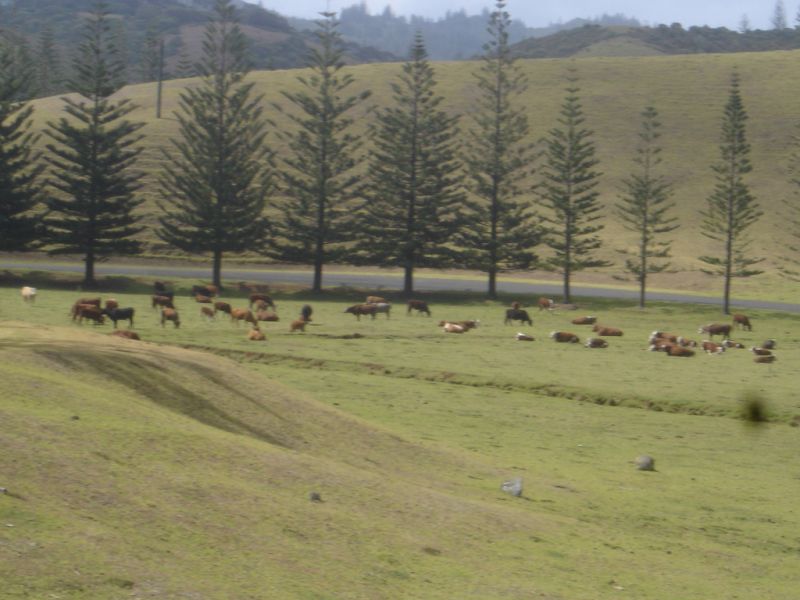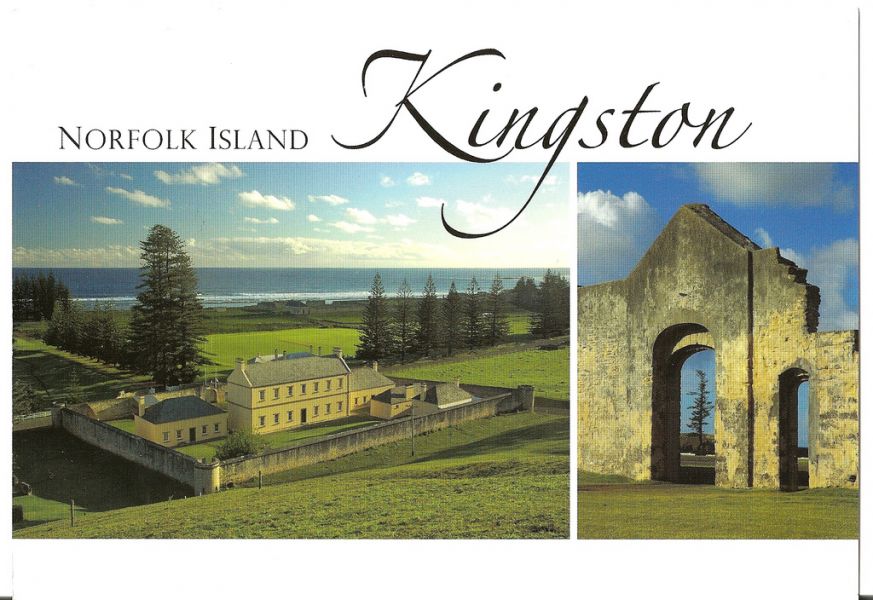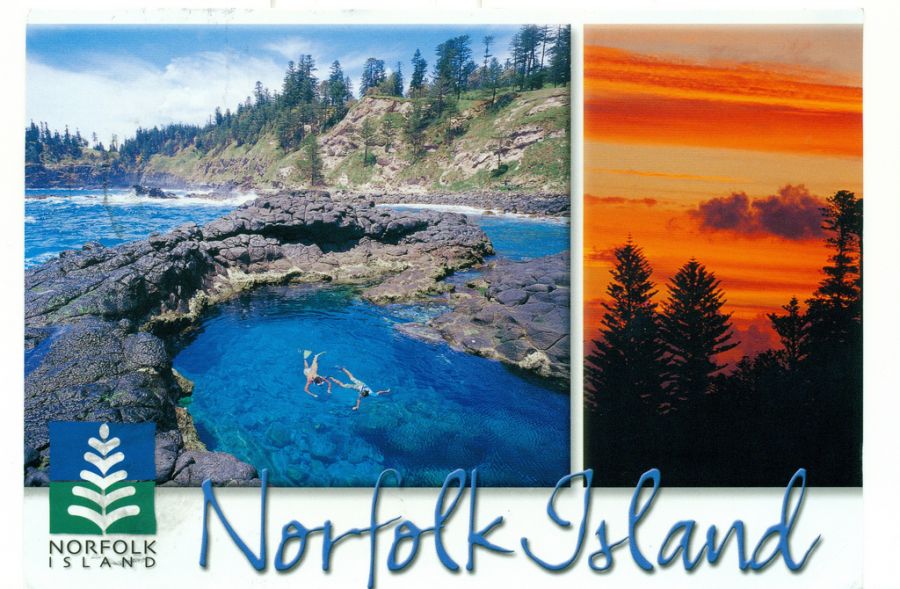Nobuaki, JA0JHQ will be active from Norfolk Island 20- 22 December 2014 as JA0JHQ/VK9N.
He will operate on HF bands mostly SSB.
QSL via home call.
Norfolk Island: Evergreen pine
Norfolk Island is an island in the South Pacific Ocean that is positioned between Australia, New Zealand and New Caledonia. It largely enjoys self governance, although it is part of the Commonwealth of Australia. Norfolk Island’s capital is Kingston and the island has approximately 2,300 people calling it home.
The island’s flag comprises of a pine which depicts the evergreen pine of Norfolk Island. Aside from forming a part of the flag, the pine is also the leading export of the island.
Kingston, which is the island’s capital, is the second-oldest town in Australia. The city is known for its great cultural heritage and historical significance.
Geography Aspects:
Norfolk Island is located in the South Pacific Ocean, on the geographical coordinates of 29° 02 South and 167° 57 East. The island boasts of a rolling plain land with volcanic formation. It is 34.6 square kilometers in total area covered and is located in the eastern side of Australia in the South Pacific Ocean.
Mount Bates makes for the island’s highest point and it is found in the northwest quadrant of the island. On the other hand, its lowest point is the Pacific Ocean. The island’s coastline stretches for approximately 32 kilometers, complete with inaccessible cliffs. The island’s fishing zone stretches for approximately 200 nautical miles while its territorial sea goes for approximately 12 nautical miles.
A varying degree of cliff faces are what make up the coastline of Norfolk Island. No safe harbor facilities exist on the island, with the Cascade and Kingston Bay having the only existing loading jetties on the island.

Climatic Conditions
Norfolk Island boasts of a Marine sub-tropical climate that is tempered by the surrounding sea. The climate is best characterized as mild. The island’s climate is largely affected by the belt of high pressure systems that annually oscillate north and south over the Island.
The Island boasts of small Diurnal and annual temperature ranges with the average maximum temperatures range going for between 23C and 25C in summer and 18C to 19C in winter. The Average minimum temperatures on the other hand go for between 18C and 20C in the summer and 13C to 15C in the winter.
In terms of rainfall received on the Island, the median annual rainfall is 1302mm while the annual mean rainfall is 1312mm. The four months of May to August make for the greatest rainfall to the island while the month of November makes for the driest month. Annually, the island received an average of 181 rain days.
The relative humidity on the island is generally high with average humidity of 74% to 79% around 9am and 71% to 74% around 3pm.
The winter and spring call for prevalent thunderstorms to the region while winds are more predominant east to south-east during the autumn and summer months.

Demographics
As of the 2011 population census, the island carries 2,302 people. A vast majority of the islanders are categorized as European-only(mainly British), a blend of European-Tahitian ancestry, descendants of the Bounty mutineers in addition to the newer arrivals to the island from New Zealand and Australia.
Religion
There are mainly Christians on the island, accounting for approximately 62% of the population.
Anglicans make up 34% of the population, the Uniting Church makes up 13%, the Roman Catholic 12%, Seventh-Day Adventists 3%, other religions 9% while 24% lay no claim to any religion. Approximately 7% have not stated their religion.
Culture
The lays no claim to an "indigenous" culture, however, thanks to the Tahitian influence of the Pitcairn settlers, there are a few aspects of Polynesian culture that have been adapted such as the hula dance and the local cuisine.
A huge chuck of time is spent in the outdoors, with fishing and other water activities taking up the majority of the locals’ time.
Economy
Tourism makes up a huge percentage of the economy of Norfolk Island. Thanks to limited or no irrigated land, agricultural activities are unfeasible. In addition, the island faces an export/import a problem owing to the lack of waterways, railways, and harbors.
The importation of fresh fruit and vegetables is prohibited on the island while only one winery, the Two Chimneys Wines exists on the island.

Languages
English and Norfulk are the islands’ two recognized official languages.
Safety
The island has a very low crime rate, with a number of islanders finding no problem in leaving their houses and cars unlocked. This however doesn’t mean that there is no crime on the island, so a little commonsense would go a long way.
The islanders drive on the left and find little or no need for the seatbelts that are fitted in the cars. Cows and other animals have the right of way on the island so caution must be taken while driving outside the town.
In case you wish to go swimming, Emily Bay, which is located near Kingston makes for the only safe swimming location on Norfolk since it is protected by a natural coral reef. Other bays to the area have unpredictable conditions and are not patrolled.
Facts
- Norfolk Island is located in the South Pacific Ocean and lies between Australia, New Zealand and New Caledonia.
- Its capital is Kingston and it is also the second-oldest town in Australia renowned for its historical significance and great cultural heritage.
- The largest town in Norfolk Island is Burnt Pine and it is also taken as the main commercial hub of the island.
- Cows and other animals have the right of passage on the island.
- In case you wish to live on the island, you must buy property.
- English and Norfulk are the islands’ two official languages.
- Every year on June 8, the island celebrates its national day, also known s Bounty Day. The day is in commemoration of the arrival of the Bounty mutineers on the island in 1856.
- The island experiences a Marine sub-tropical climate with a generally high relative humidity.
- Norfolk Island is on the same latitude as Byron Bay
Video Norfolk Island

